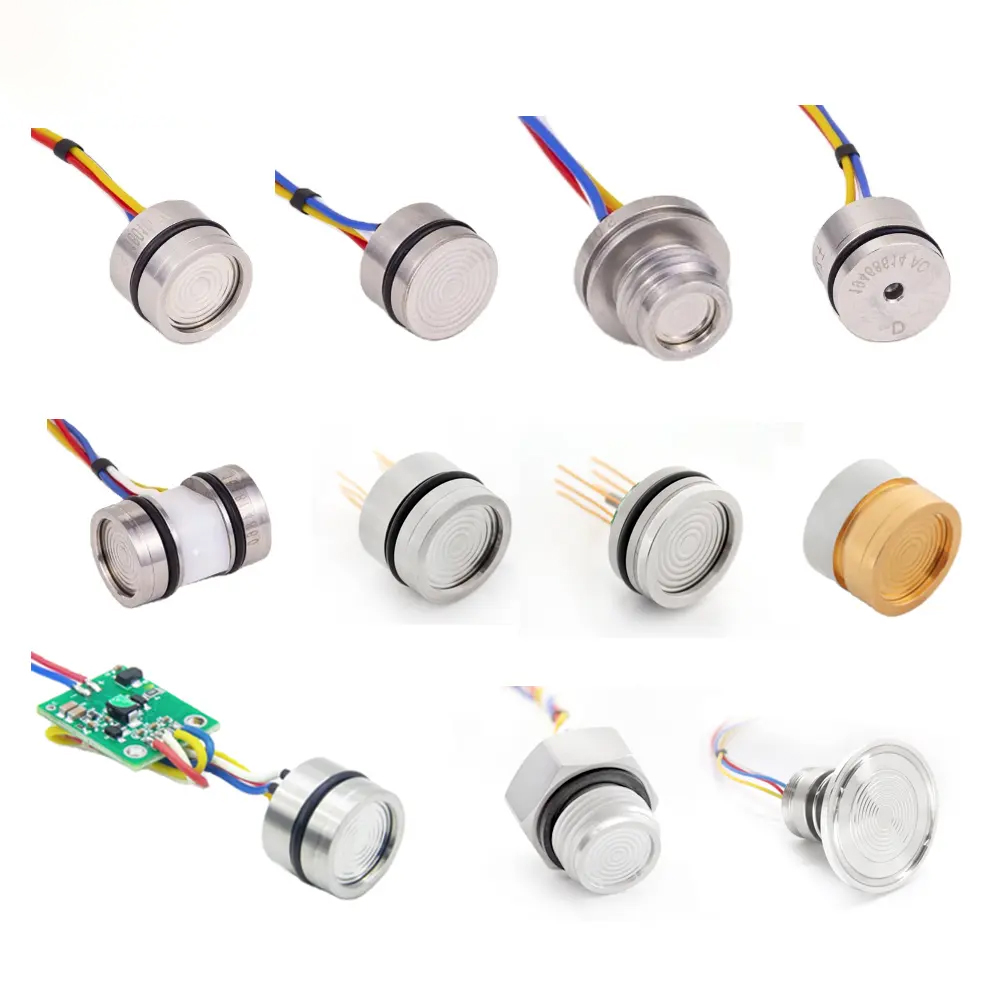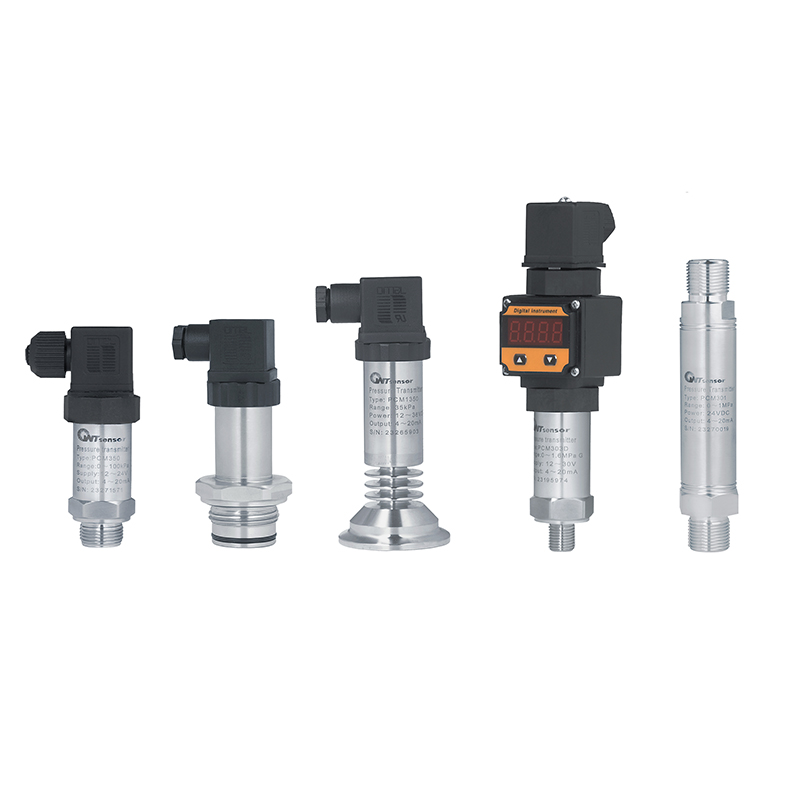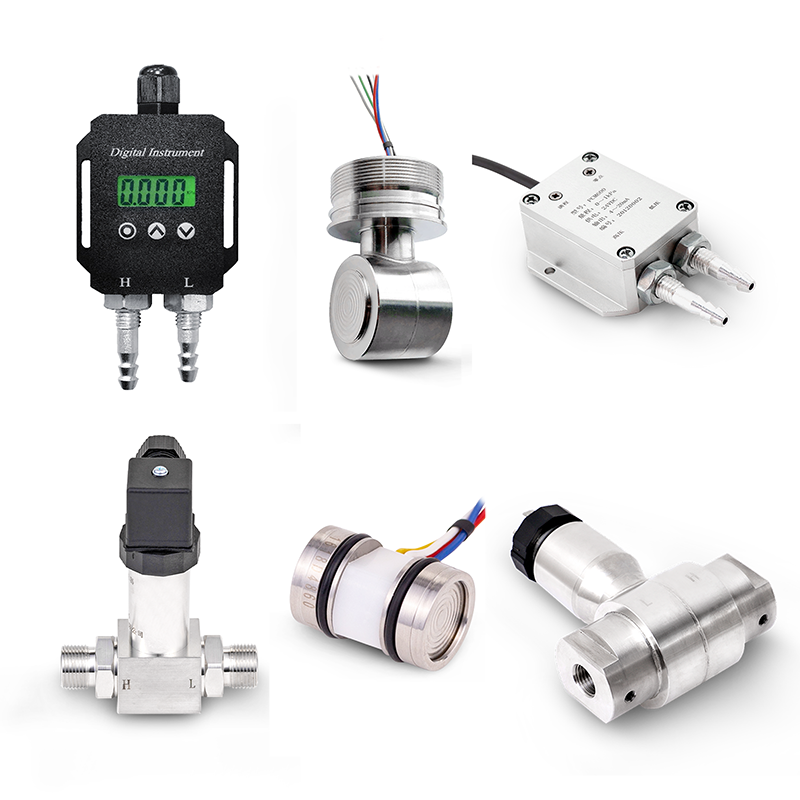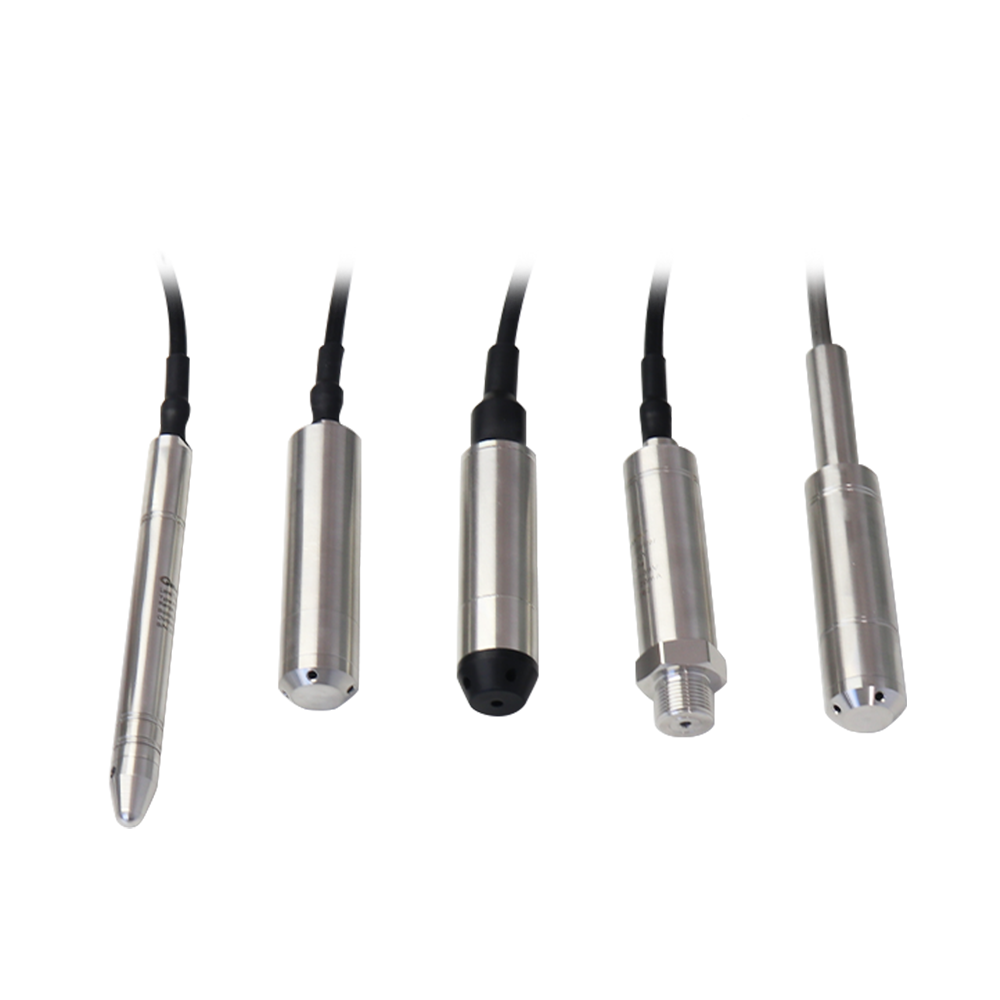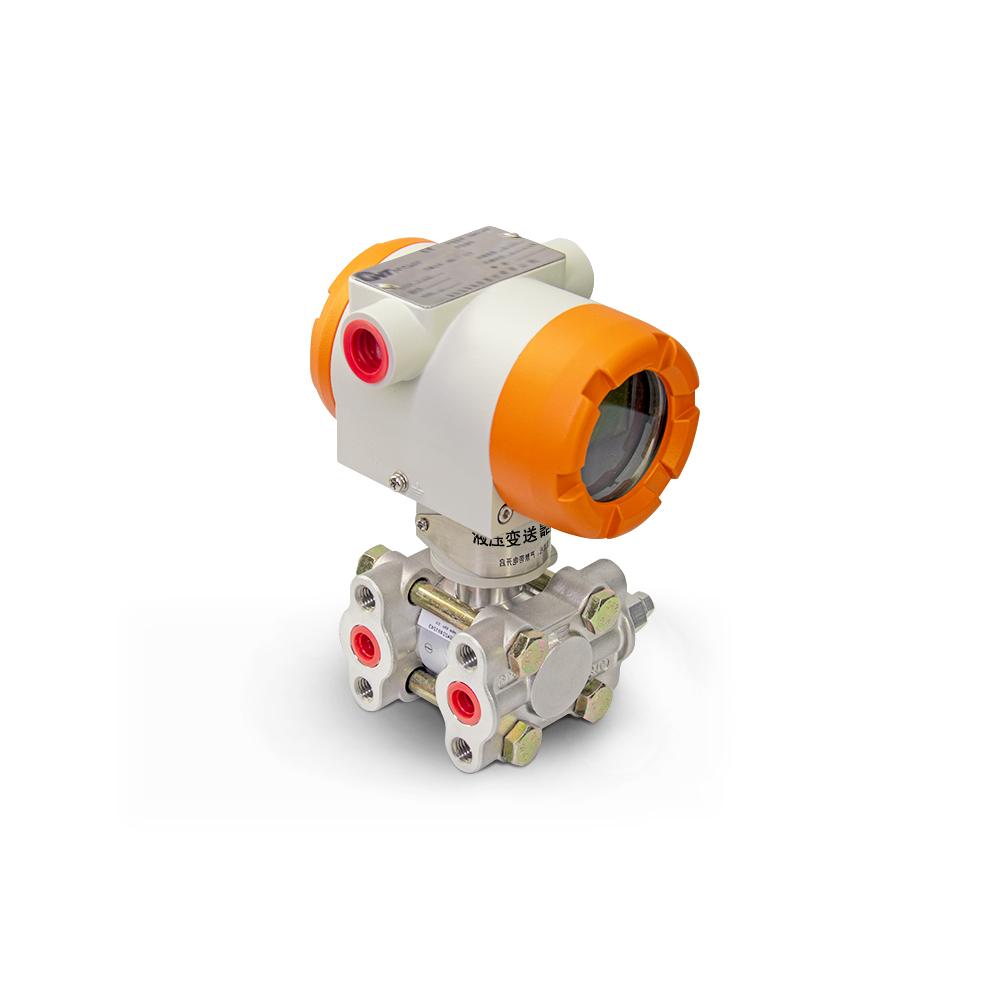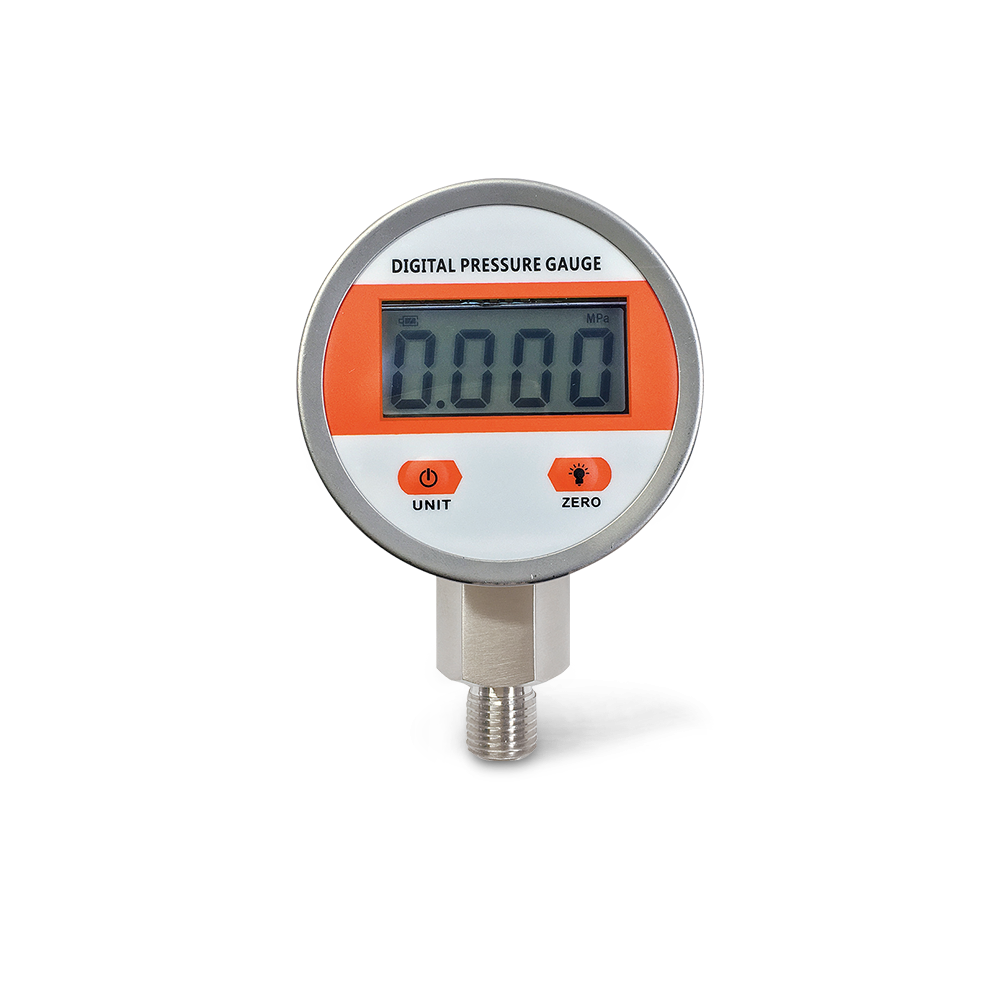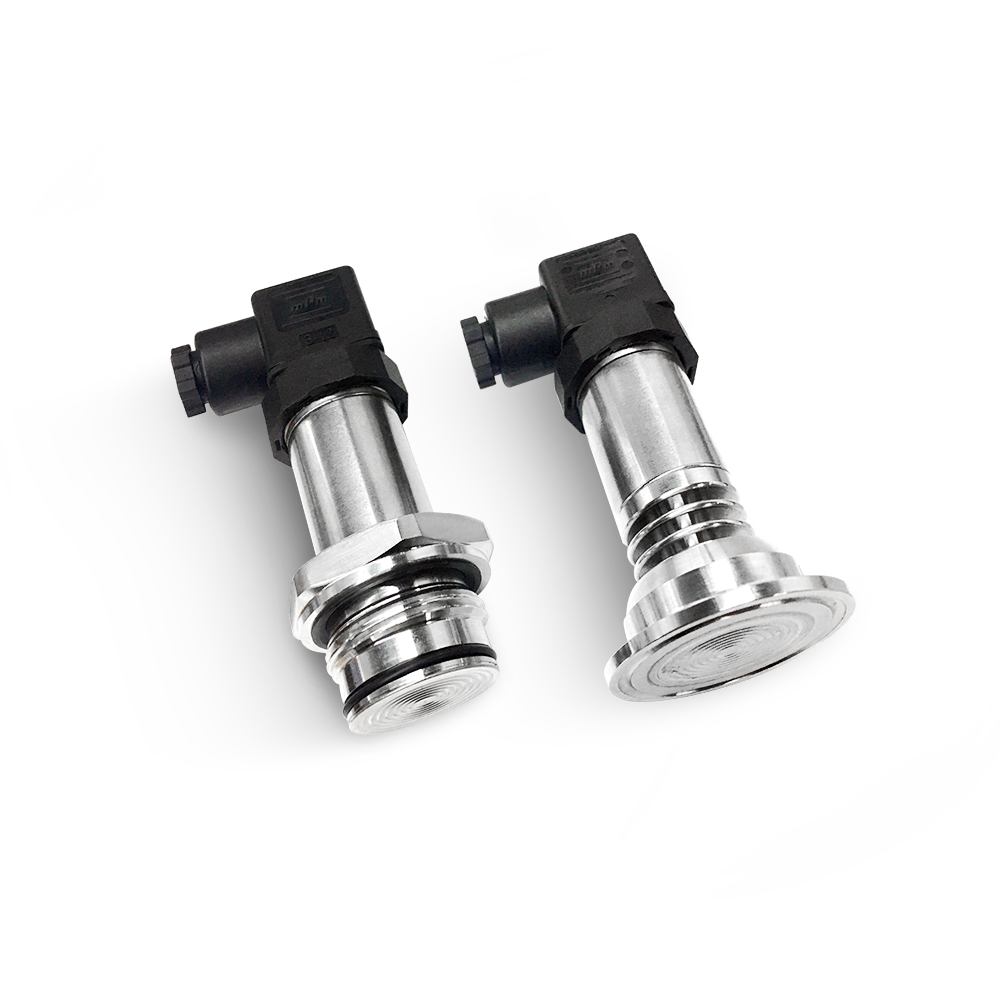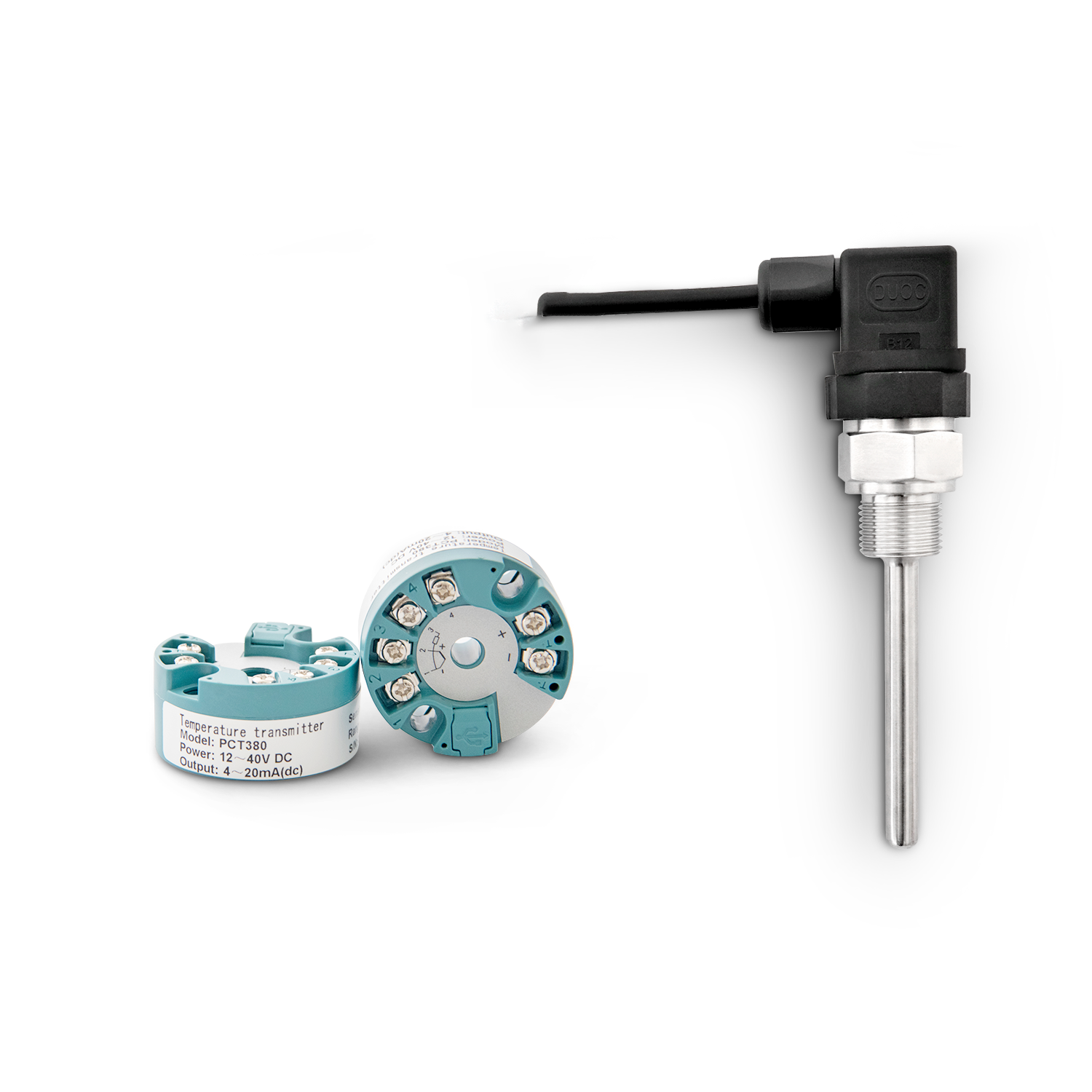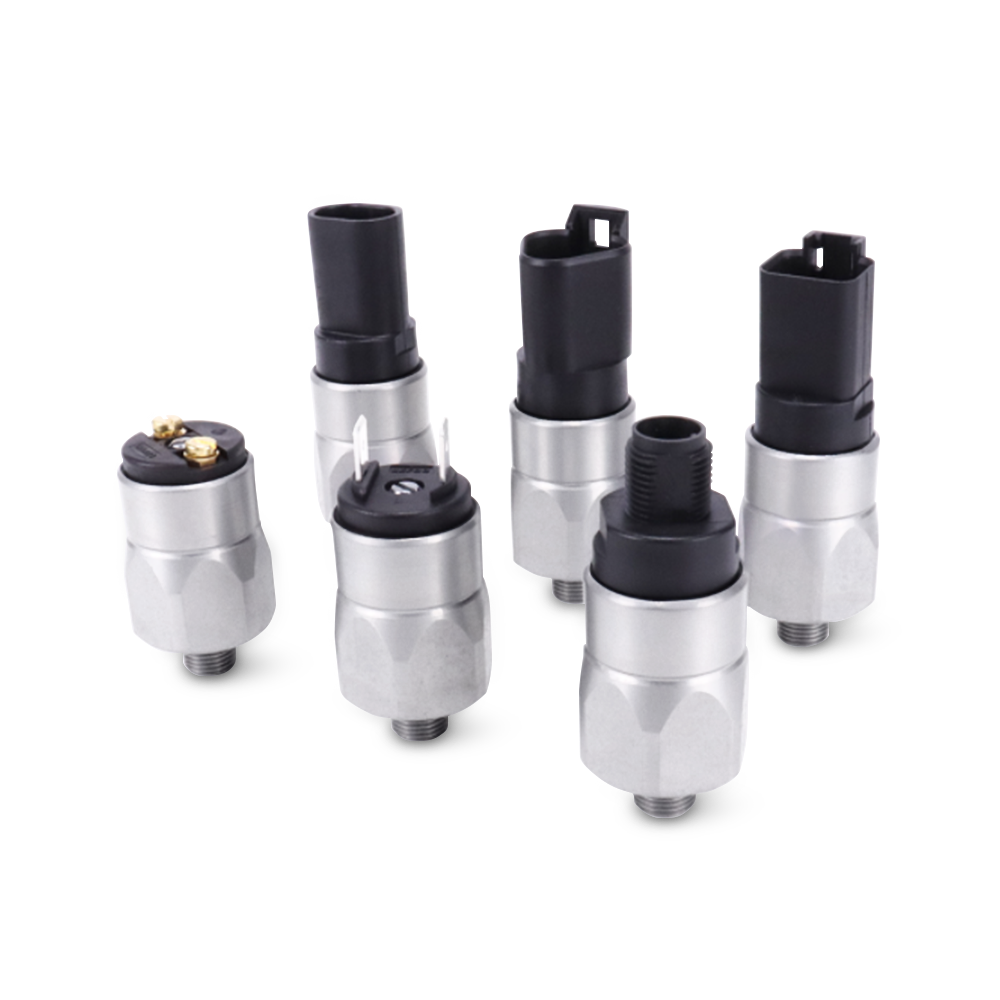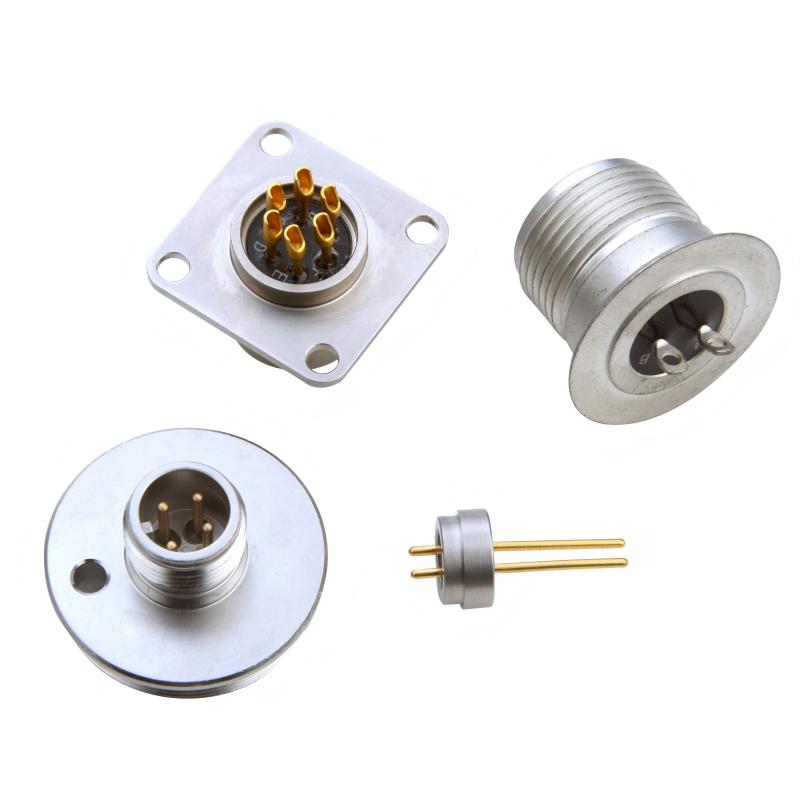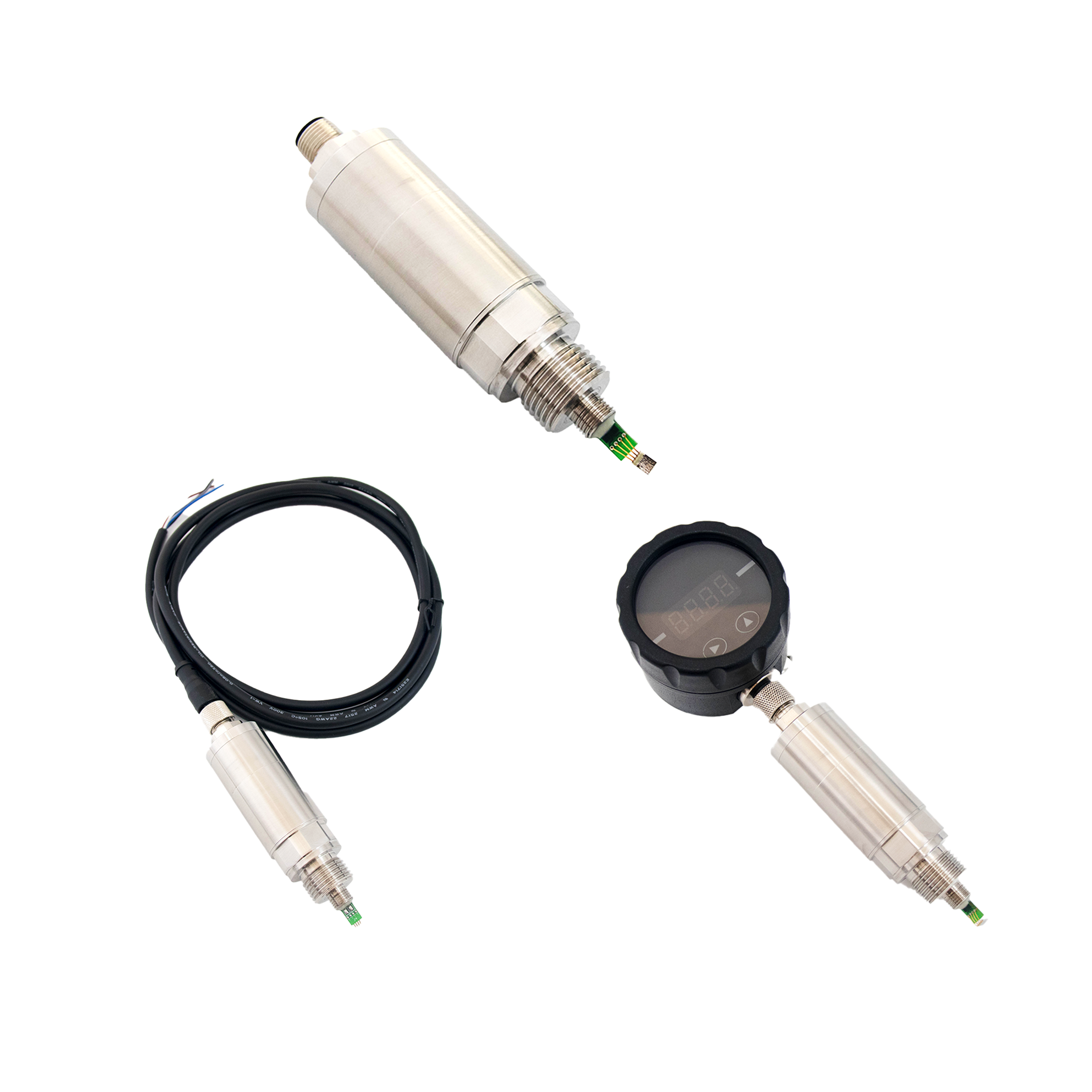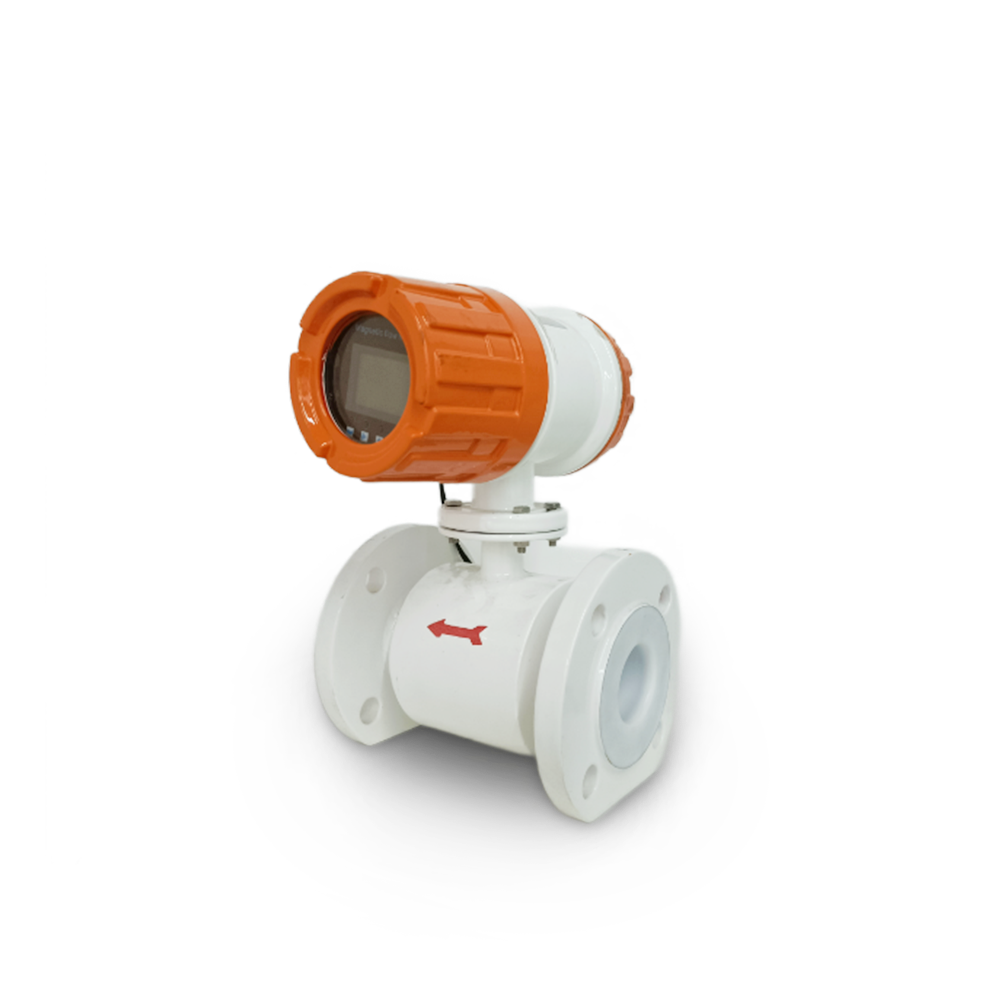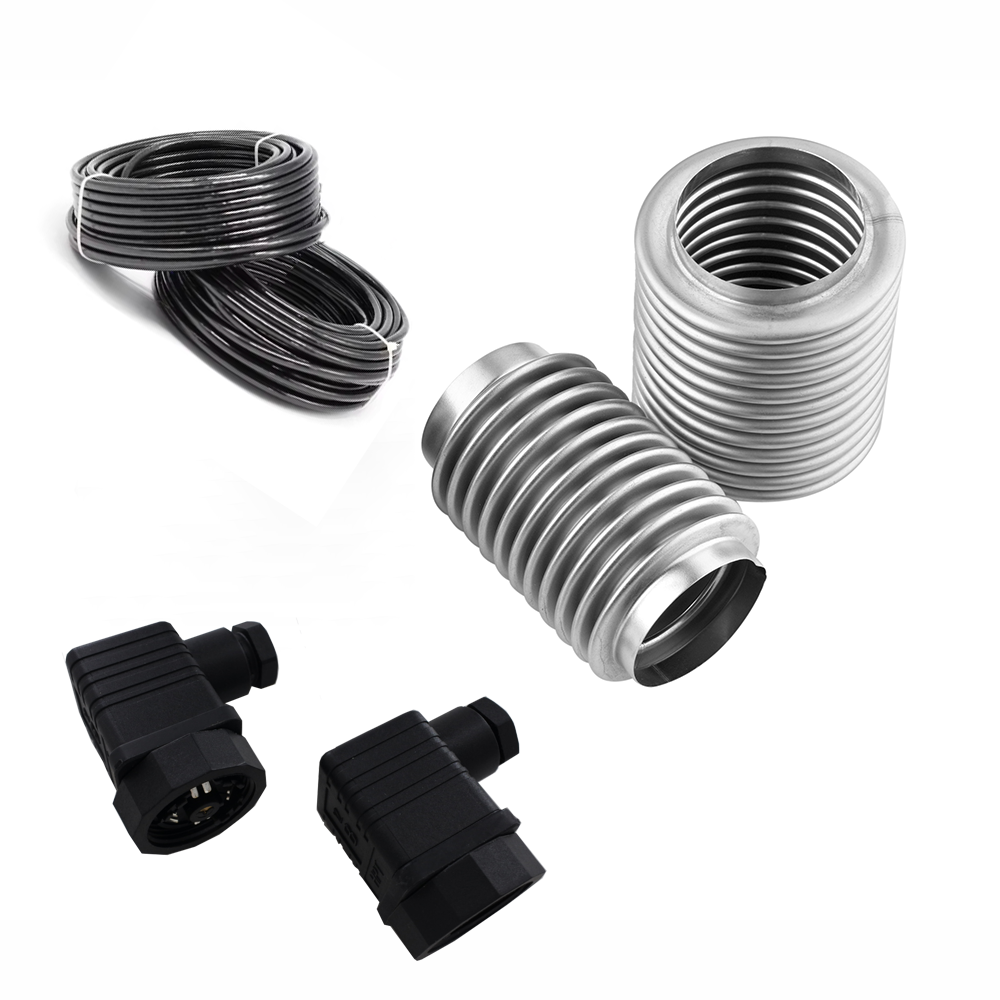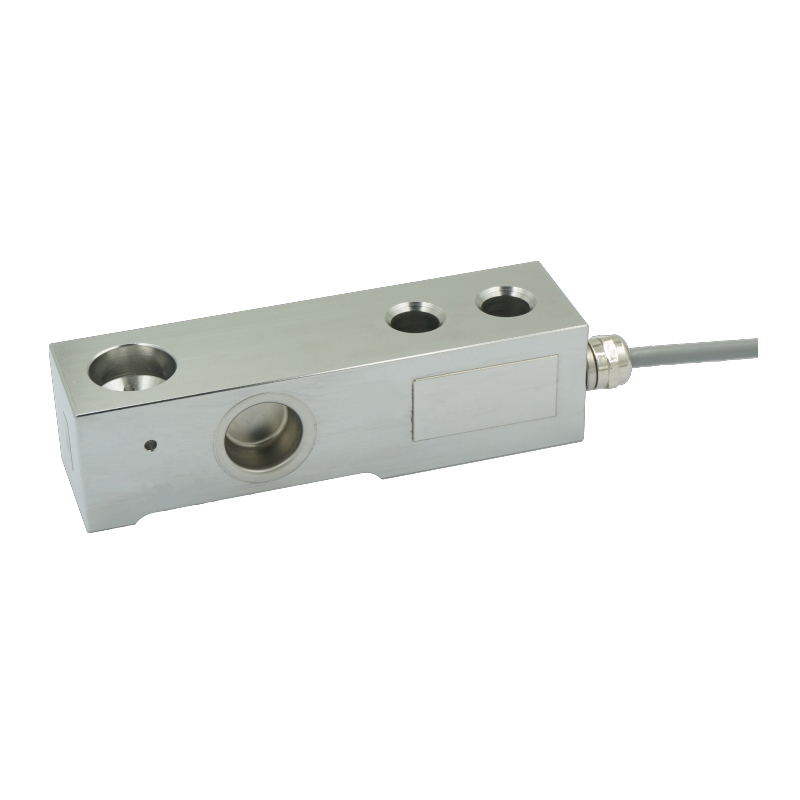The Importance of Dew Point Sensors in Compressed Air Systems
From: Issued date 2025.10.16 Back
Why Dew Point Sensors Are Crucial for Compressed Air Systems | Moisture Control & Energy Efficiency
In various industrial applications, compressed air plays a critical role in powering machinery, cleaning sensitive equipment, and supporting processes in the pharmaceutical, food, and electronics industries. However, compressed air can also be a potential source of problems if not managed properly. Moisture is one of the most common contaminants in compressed air, and it can lead to issues such as corrosion, clogging, and short circuits. This is where dew point sensors come into play.
What Are Compressors and Dryers?
Compressors are devices used to compress gases, typically air, to a higher pressure. The process of compression increases the density of the gas and raises its temperature. However, as gas is compressed, it often becomes saturated with moisture from the air, and when this air cools, condensation can form. This moisture must be removed before the compressed air is used in downstream processes.
Dryers, on the other hand, are systems designed to remove this moisture from the compressed air. There are different types of dryers used in industrial applications, including refrigerated dryers, desiccant dryers, and membrane dryers. These dryers work by lowering the temperature of the compressed air or using materials that absorb moisture, ensuring that the air is dry when it reaches its point of use.
However, no matter how well a compressor and dryer perform, without accurate monitoring of the dew point (the temperature at which air reaches saturation and moisture begins to condense), it is impossible to ensure that the air remains free from harmful moisture. This is where dew point sensors play a vital role.
What is a Dew Point Sensor?
A dew point sensor is a device designed to measure the temperature at which moisture begins to condense from a gas. In compressed air systems, dew point sensors are critical for monitoring the dryness of the air. These sensors detect the point at which the air's moisture content is high enough to begin forming droplets. This information is essential for ensuring that the air is sufficiently dry and does not cause damage or corrosion to equipment, or compromise the quality of products being manufactured.
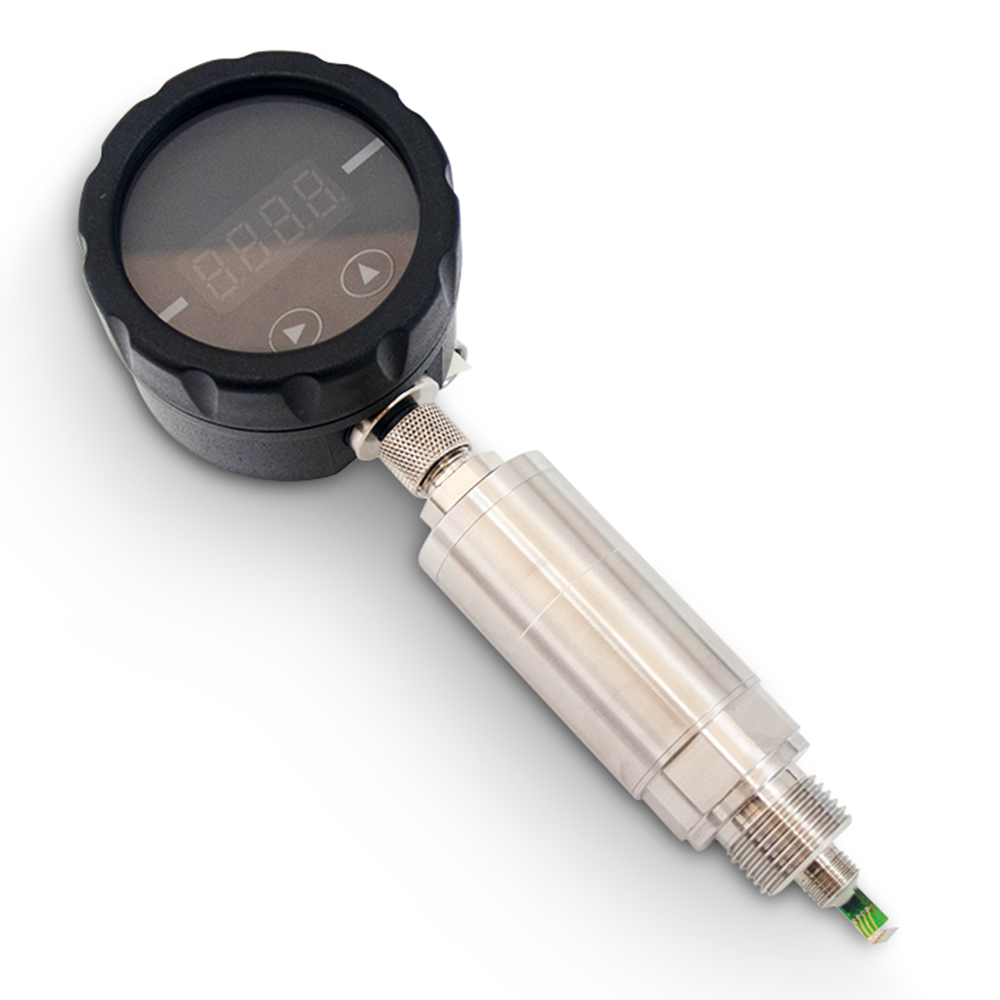
Why is a Dew Point Sensor Used in Compressed Air Systems?
Moisture Control and Prevention of Corrosion
One of the primary reasons for using a dew point sensor is to prevent moisture-induced corrosion. In industrial systems, especially in sectors such as manufacturing, electronics, and food and pharmaceuticals, any moisture in compressed air can cause severe damage. Corrosion can form on sensitive equipment, pipes, and tools, leading to system failures, costly repairs, and production downtime.
For example, in the food and pharmaceutical industries, even trace amounts of moisture can lead to bacterial growth or spoilage. In electronics, moisture can cause short circuits, resulting in the malfunction or failure of precision components. By measuring the dew point temperature, a sensor ensures that the gas remains dry, reducing the risk of corrosion and damage.
Preventing Contamination
Another critical application of dew point sensors is to prevent contamination. Moisture can act as a medium for the transport of contaminants such as dirt, oils, and bacteria, which are often found in compressed air systems. When moisture is allowed to condense, these contaminants can be carried into sensitive production processes.
In the case of compressed air used in food or pharmaceutical manufacturing, even tiny droplets of moisture could jeopardize the integrity of the products being produced. Dew point sensors help ensure that the air remains free from moisture, maintaining the purity of the final product.
Energy Efficiency and Process Optimization
In addition to their role in moisture control, dew point sensors are critical for optimizing the performance of dryers and compressors. By accurately monitoring the moisture content in compressed air, these sensors help operators fine-tune the operation of their dryers. This ensures that the dryers are only running when needed, reducing energy consumption and lowering operating costs.
For example, in a desiccant dryer system, dew point sensors monitor the moisture level in the compressed air to determine when to switch the dryer on and off. By doing so, the sensor ensures that the dryer operates only when necessary, preventing over-drying and reducing energy waste.
Ensuring Product Quality and Consistency
Many industries rely on the use of compressed air to maintain high-quality and consistent manufacturing standards. In the electronics industry, for instance, components such as microchips and circuit boards must be assembled in a dry environment to avoid any risk of malfunction. Even a small amount of moisture can lead to failures, resulting in costly recalls or production delays.
A dew point sensor ensures that the compressed air remains dry, preventing any potential issues with the final product. Similarly, in the pharmaceutical industry, where contamination and consistency are critical, moisture in the air could alter the manufacturing environment and impact the safety and efficacy of medications. Dew point sensors provide real-time monitoring, ensuring that these industries maintain the required levels of dryness in their compressed air systems.

Types of Dew Point Sensors
There are several different types of dew point sensors used in compressed air systems, each with its own advantages and applications. The main types include:
Capacitive Dew Point Sensors
These sensors measure changes in capacitance as moisture condenses on the sensor’s surface. Capacitive sensors are popular due to their accuracy and reliability in measuring dew point over a wide range of pressures and temperatures.Resistive Dew Point Sensors
Resistive sensors measure changes in resistance due to condensation on the sensor surface. These sensors are highly sensitive to moisture and are often used for applications where precise measurements are critical.Chilled Mirror Dew Point Sensors
Chilled mirror sensors use a mirror that is cooled until condensation forms. The temperature at which condensation first appears is the dew point. This type of sensor is often regarded as the most accurate, making it ideal for high-precision applications.Quartz Crystal Microbalance Dew Point Sensors
These sensors work by measuring the change in mass of a quartz crystal as moisture condenses onto its surface. They offer high accuracy and sensitivity, particularly in laboratory and research applications.
How Dew Point Sensors Work in Practice
In a typical compressed air system, the dew point sensor is installed either before or after the dryer, depending on the monitoring needs.
Before the Dryer: When placed before the dryer, the dew point sensor measures the moisture content in the compressed air as it leaves the compressor. This allows operators to monitor the effectiveness of the dryer and ensure that it is working correctly.
After the Dryer: When placed after the dryer, the dew point sensor verifies that the dryer has adequately removed moisture from the compressed air. The sensor measures the dew point to ensure that the air is sufficiently dry before it enters the final application.
Dew point sensors often send real-time data to a control system, which can trigger an alarm or automatic adjustment of the compressor or dryer when the dew point exceeds a set threshold. This automatic control mechanism ensures that the system operates optimally and reduces the risk of moisture-related issues.

